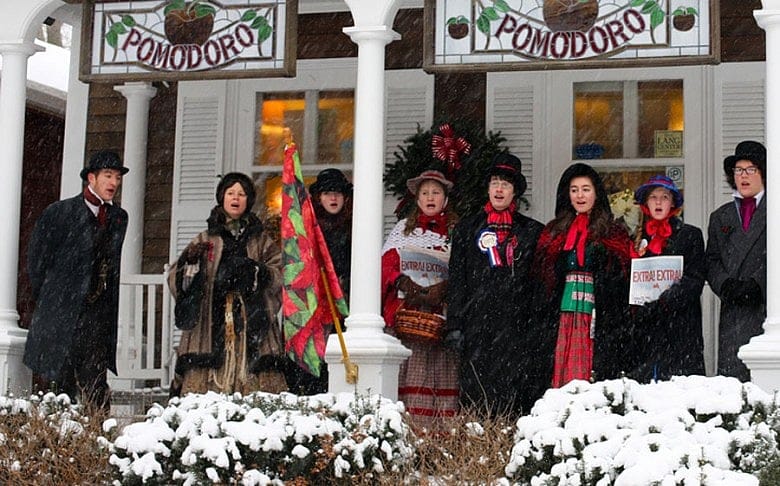Caroling: Here we come a’wassailing!

'Tis the season to be jolly. For centuries, people have gathered together to sing the joyful songs of Christmas. One of the most festive customs is for groups of carolers to stroll along serenading neighbors and regaling crowds at public venues.
Although fewer neighborhood holiday carolers are seen these days, many of us grew up enjoying the jovial practice. Families would be sure to have apple cider, egg nog, or cookies on hand for roving singers. It was a fun way to get to know people and share the seasonal cheer. It didn't matter if you could sing well. The idea was – and is – for people, young and old, to make merry and spread the Christmas spirit.

